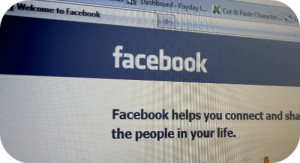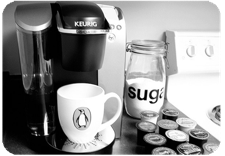 In 2014 more than three hundred million Indians were regular users of the Internet, representing nearly a quarter of the country. With that number expected to double by 2020, India is the fastest growing online market outside of China. However, there’s a crucial difference in the way these two Asian nations use the Web. While China’s government prohibits foreign digital services like Facebook from setting up shop, India welcomes them.
In 2014 more than three hundred million Indians were regular users of the Internet, representing nearly a quarter of the country. With that number expected to double by 2020, India is the fastest growing online market outside of China. However, there’s a crucial difference in the way these two Asian nations use the Web. While China’s government prohibits foreign digital services like Facebook from setting up shop, India welcomes them.
At least that’s the way it works in theory. After Continue reading









